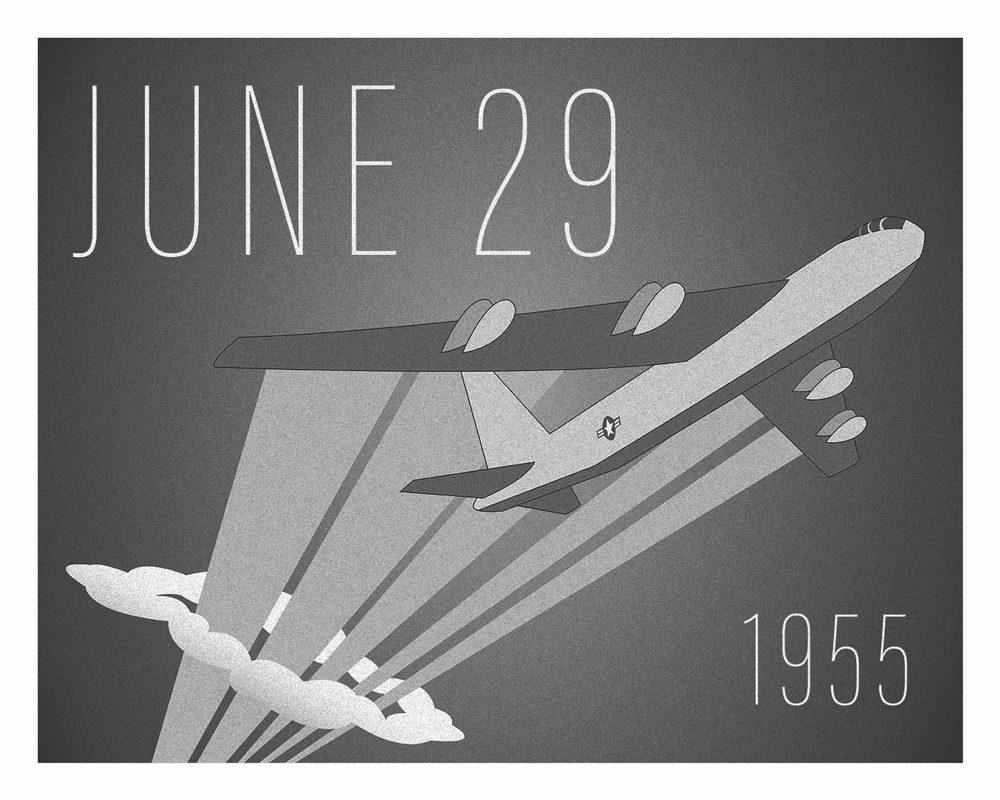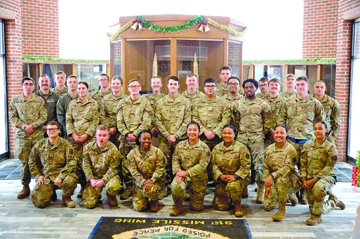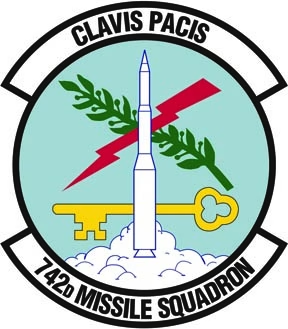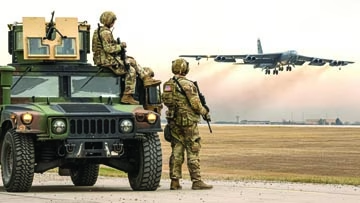BARKSDALE AIR FORCE BASE, La. —
While every command has a proud history and heritage, Air Force Global Strike Command’s legacy – and the medical professionals who have supported its mission – has been of special consequence to the defense of the United States.
Nuclear assets that fall under the Global Strike umbrella have deterred rivals, keeping adversaries at bay through a 24/7 global presence unlike any other platform on Earth. However, with unique platforms come unique challenges.

U.S. Air Force graphic by Senior Airman Kevin Long
Ensuring the medical needs of Airmen, who must be ready at a moment’s notice, requires the highest standard of care, as well as a whole-body approach, which medical professionals have worked to achieve from the earliest days of this command’s existence.
During World War II, doctors and nurses in the Eighth Air Force – an air armada that earned a reputation for its great warfighting capabilities – established rest homes for pilots to provide safe havens in between long deployment stretches, ensuring crews sent back into the fight were more alert and had a better chance of survival. Maj. Gen. Malcolm Grow, the Eighth Air Force Surgeon at the time, was recognized for his development of electrically heated clothing, and casualty bags for wounded; wind and fire-resistant face and neck protectors; and, a special combat ration for use on long bombing missions.
This idea evolved into the Comprehensive Readiness for Aircrew Flying Training, a scientific, holistic program at Barksdale Air Force Base for B-52 Stratofortress aircrew to ensure that pilots and combat systems officers can function at maximum cognitive and physical capacity.
On the missileer side, when the Minuteman program first came into service in the 1960s, missile crews could be assigned 24, 36 or 40-hour shifts. When it became clear that longer shifts were detrimental to crew health and wellness over time, medical professionals advocated for a change. In July 1977, missile crew shifts became a standardized 24 hours.
Today, the AFGSC Command Surgeon team continues to advocate for crew health and wellness through the ongoing Missile Community Cancer Study, a multi-year effort to address specific cancer concerns raised by missile community members across related career fields. This study has led to in-depth cleanings of missile alert facilities and coordination with the U.S. Department of Veterans Affairs to ensure former missileers are receiving the medical care they need and deserve.
In the coming years, AFGSC will continue to modernize by bringing new bombers, missile systems, weapons and facilities into use. New demands and challenges will be placed on Airmen supporting these systems, and it will be our charge to adapt care to those new needs.
Units are only as strong and healthy as their personnel. For a command whose mission exists in perpetuity and is entrusted with the maintenance and operation of nuclear weapons, excellent medical care is not just a goal; it’s the only option.
Editor’s Note: The Air Force Medical Service was established July 1, 1949. To celebrate AFMS’s 75th Anniversary, this article is one in a series of articles highlighting the contributions of medics to their major command or field command.












